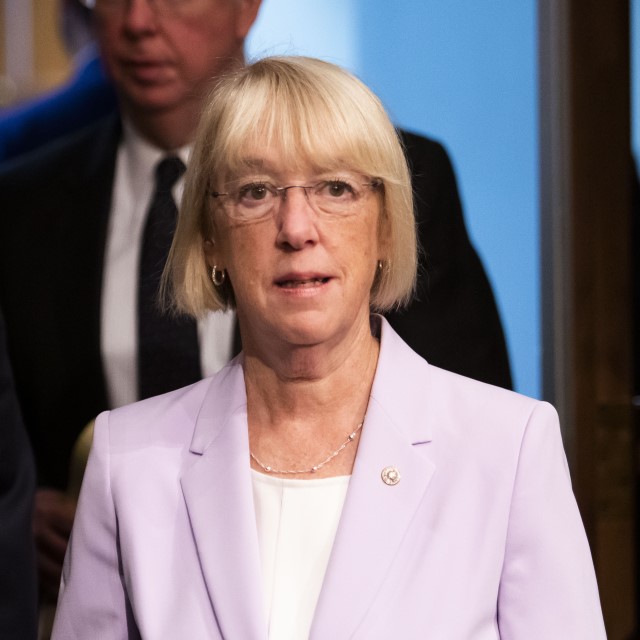

NOT FOR REPRINT
Key Congressional Democrats Ask for Public Option Plan Ideas
By
Allison Bell
News June 02, 2021 at 02:42 PM
Share & Print

NOT FOR REPRINT
© 2025 ALM Global, LLC, All Rights Reserved. Request academic re-use from www.copyright.com. All other uses, submit a request to [email protected]. For more information visit Asset & Logo Licensing.





